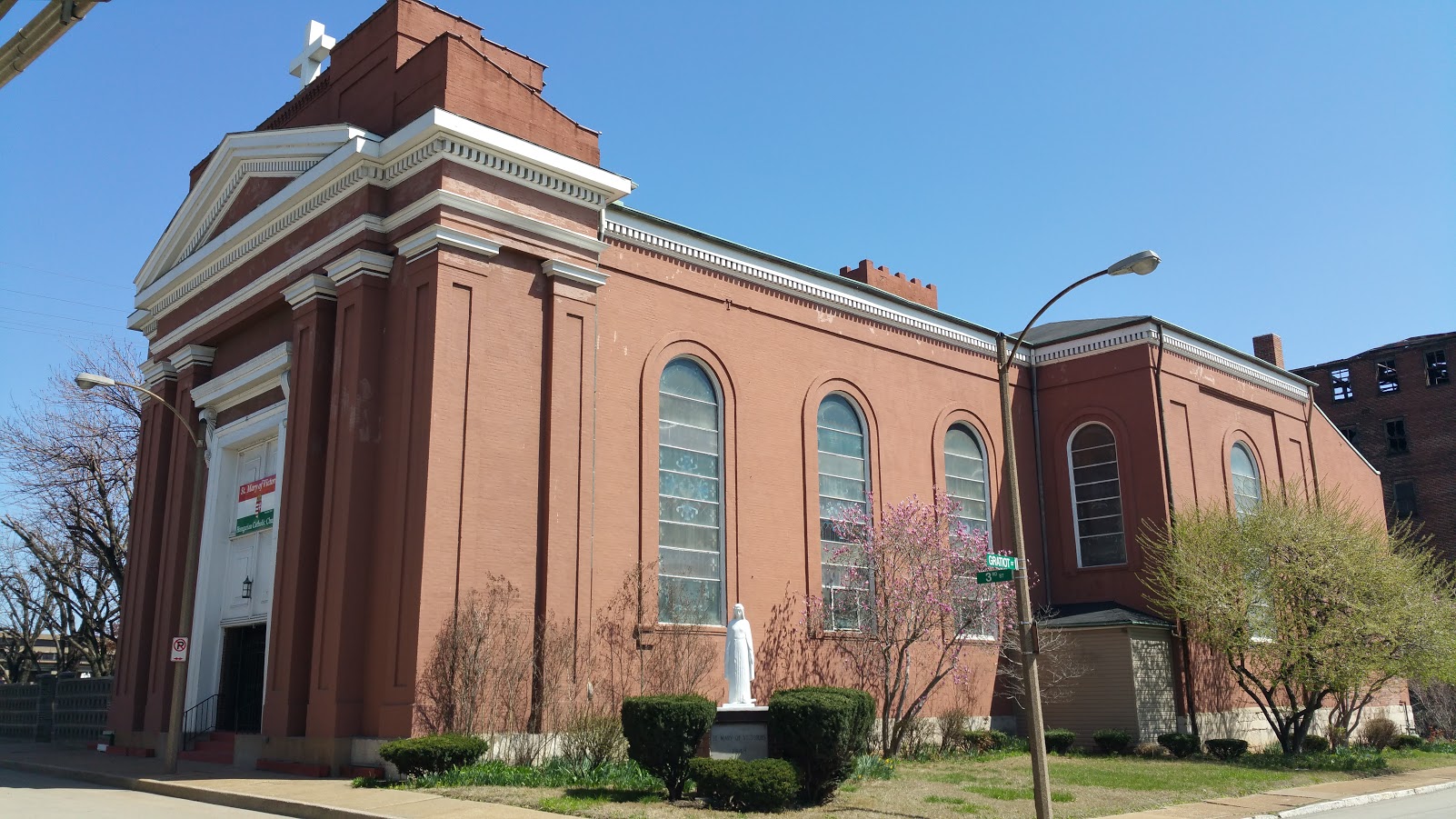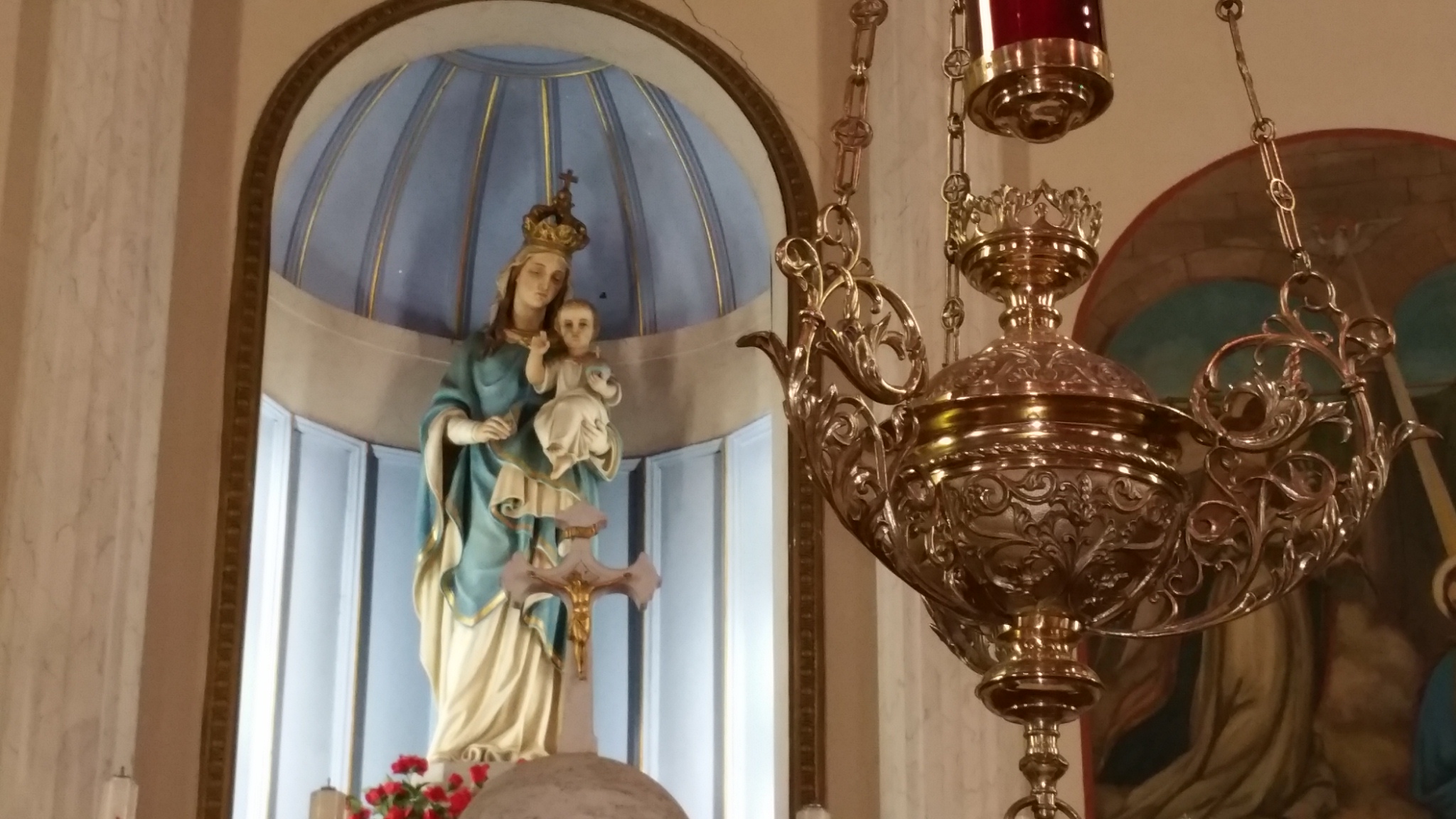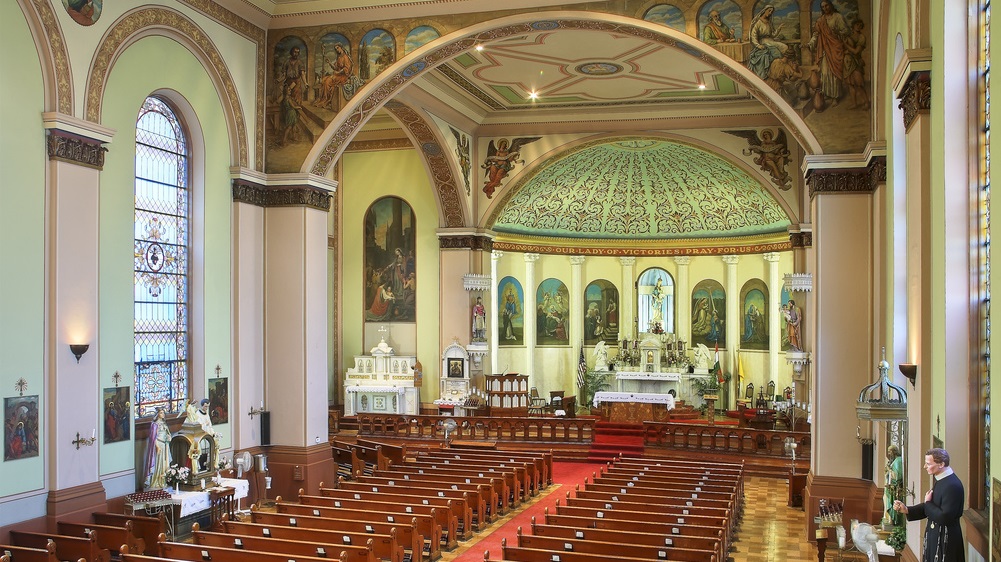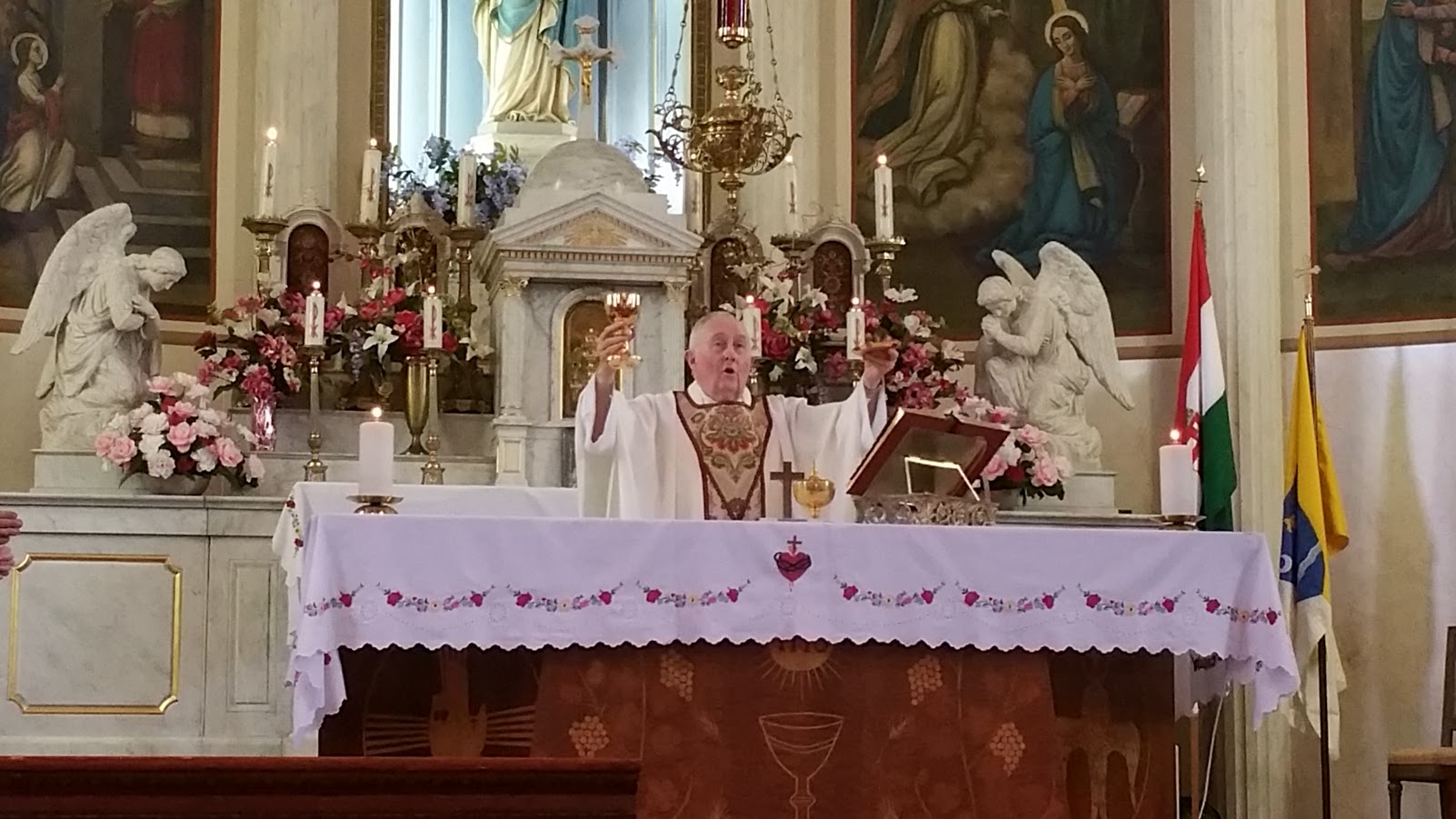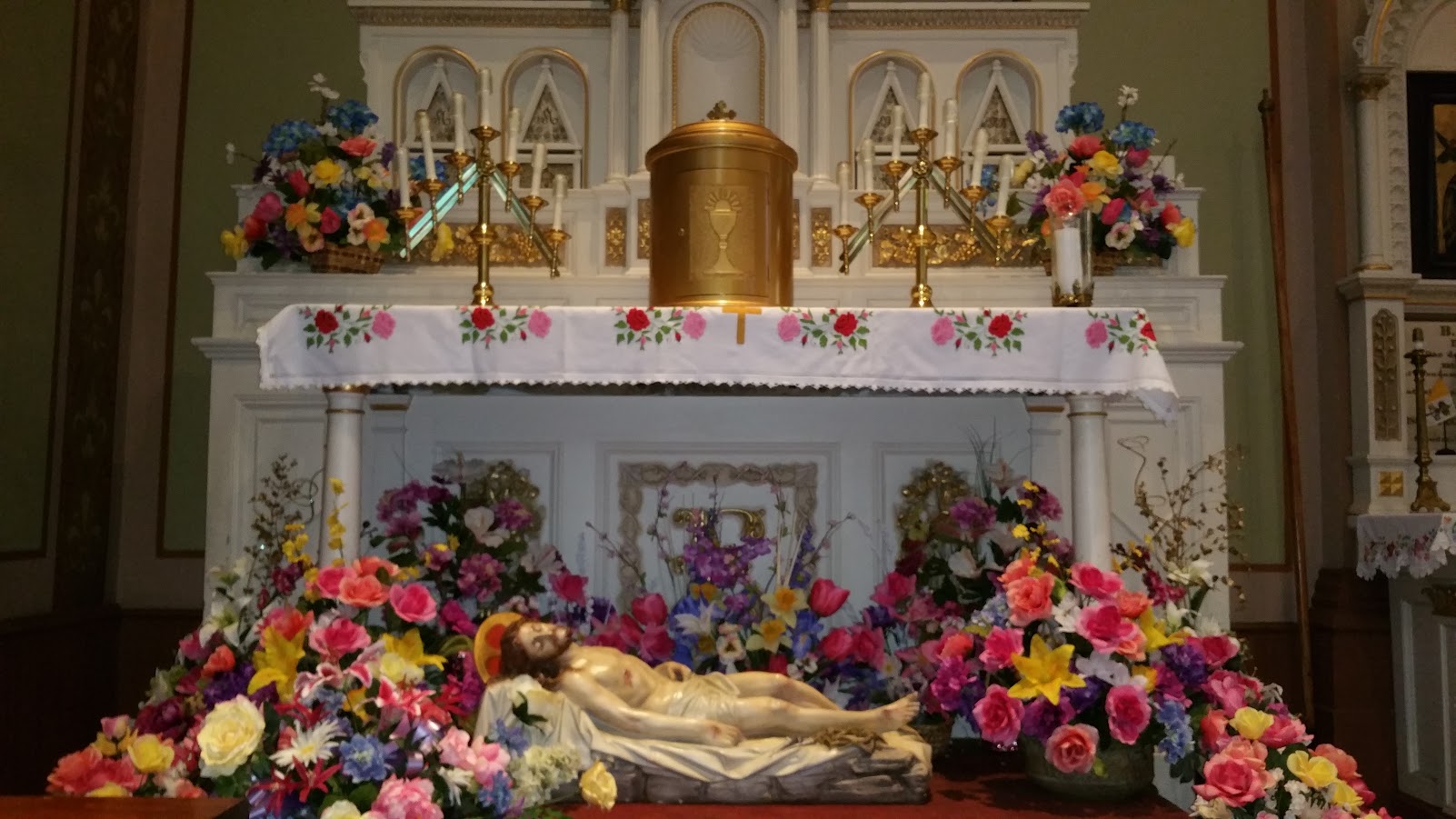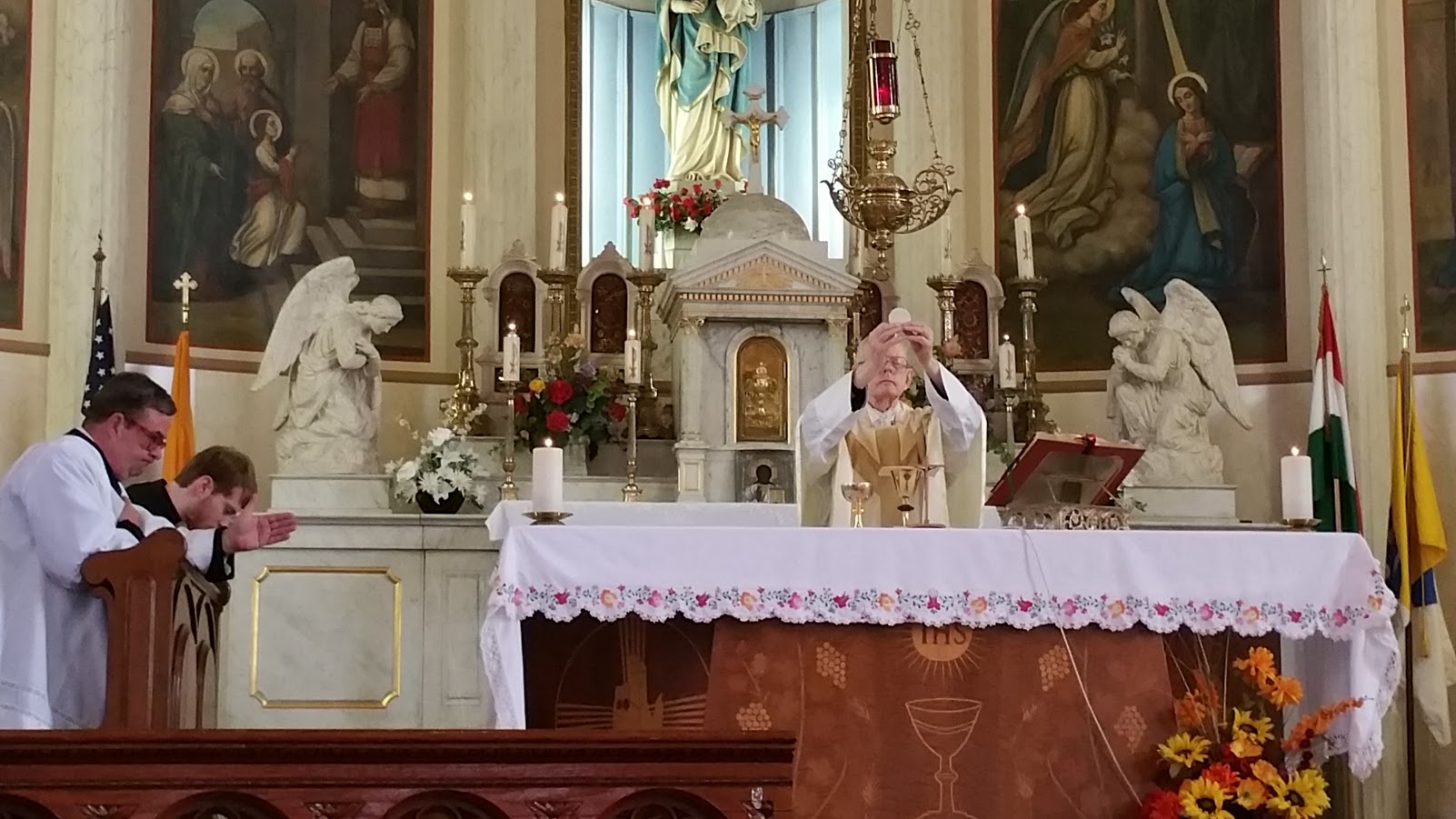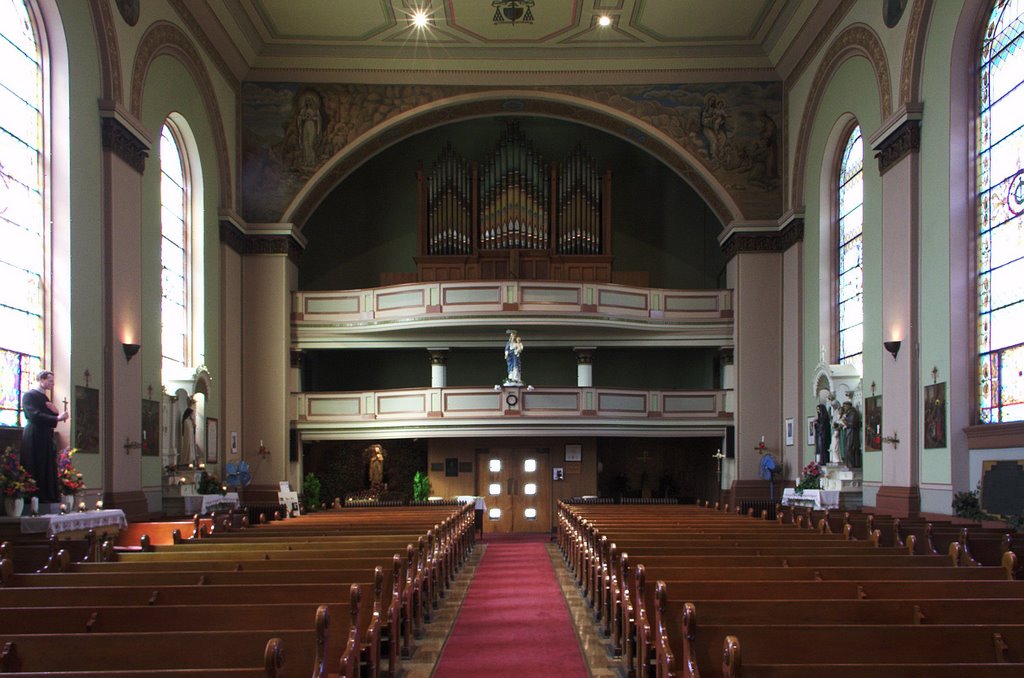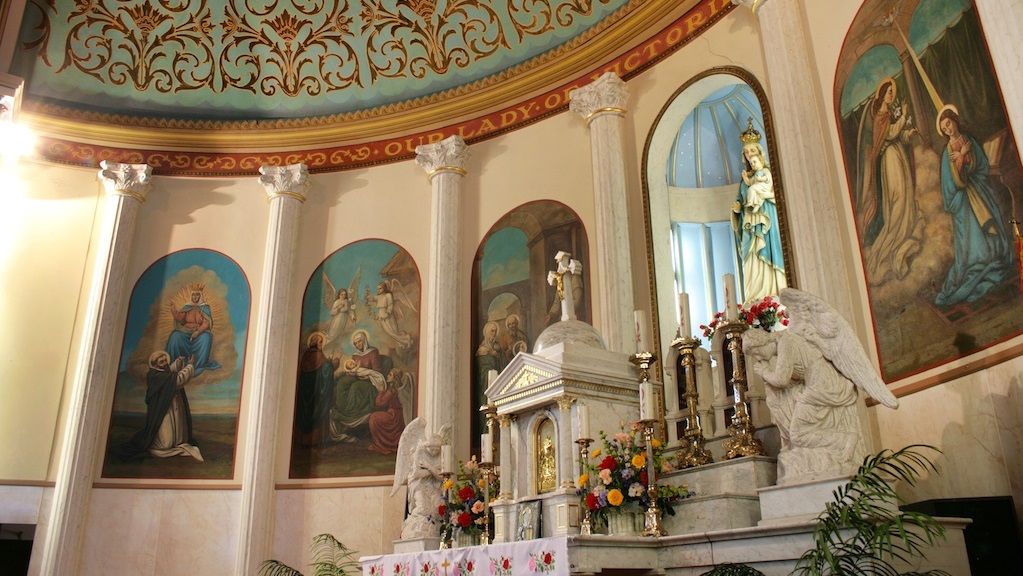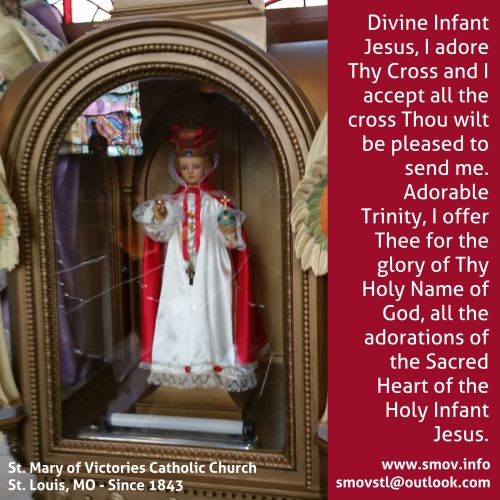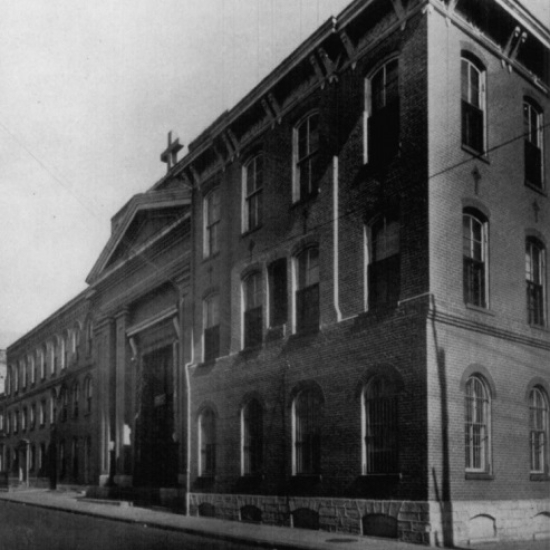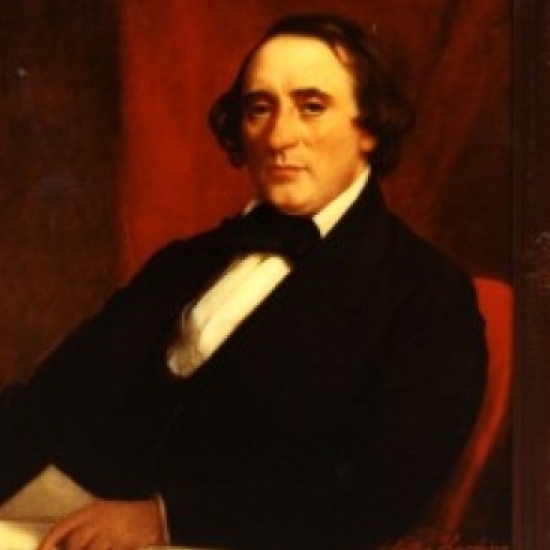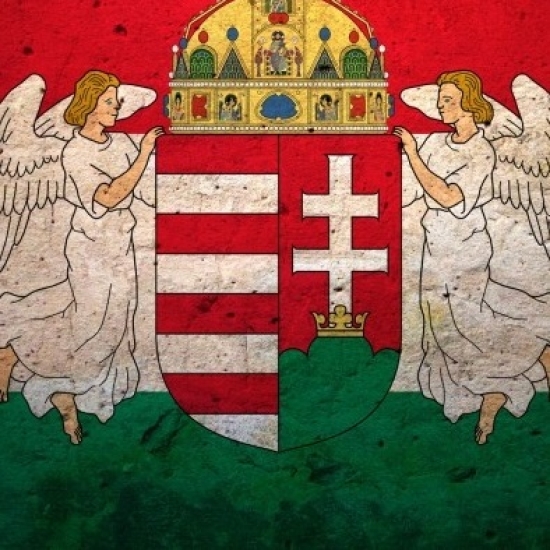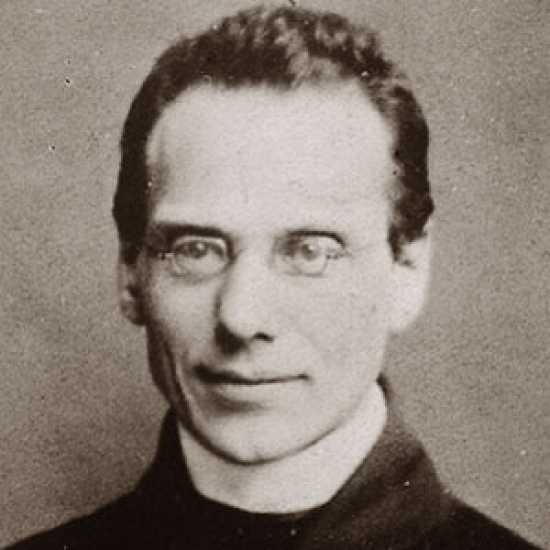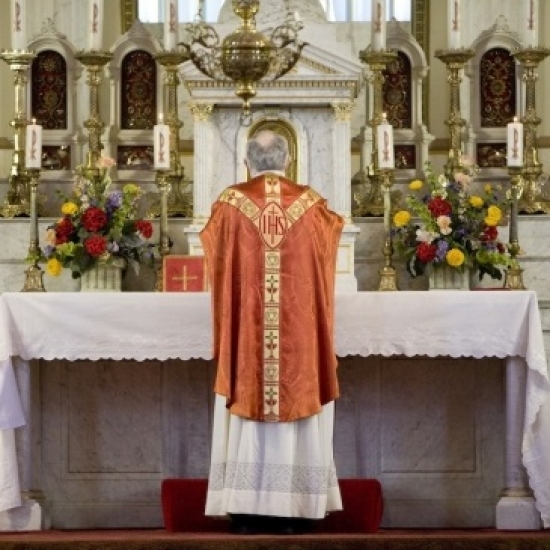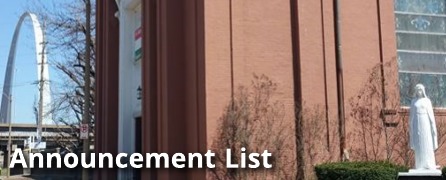19 January 2020, 2nd Sunday in Ordinary Time (Year A)
Introit: Omnis terra, begin on F (as fa)
Alleluia: Laudate Deum, begin on F (as fa)
Offertory: For the beauty of the earth, V2H, p. 207]
(Year A) Communion: Laetabimur, begin on E (as re)
Mass XI, PBC p. 58. Credo III, PBC p. 77.
The Introit antiphon has two phrases:
-
Omnis terra adoret te, Deus, et psallat tibi:
-
psalmum dicat nomini tuo, Altissime.
We're now in the first portion of 'Ordinary Time' the season before and after the year's peak time of Lent, Easter, and Pentecost. In Latin it is called the time 'per annum' [literally, 'through(out) the year'] but its alternate name has a deeper meaning. It's a time when the liturgy calls us to reflect on how the great events of salvation history, the coming, suffering, dying, rising, & ascending of our Saviour have radically changed what constitutes 'ordinary' in our world. Christ is the new 'order' in ordi-nary now, and we are invited to enter more deeply in His newness as the weeks unfold. How appropriate it is that this antiphon is in Mode 4, the contemplative mode, as we come to a time of calm reflection after the heady excitement of Christmas and Epiphany. Like the Introit of next Sunday (in Year C) and the following Sunday, this antiphon reminds us that even the most mundane and 'ordinary' elements of our lives are opportunities to transform ourselves and our world into living songs of praise to the God who works such wonders as we are privileged to see. So in the ascending fourth over terra, the melody calls us to rise up from the earth(ly). It reaches its peak over adoret, as adoring God should be the high point of our lives, and the manuscript tells us to hold on firmly as we sing the te before Deus. The same pattern of our earthly song ascending in praise to the throne of the Most High and ligering there in a moment of comtemplation is repeated over dicat nomini tuo. We will want to hold the phrasing together closely to keep the sense and mood flowing. Both times we address God directly (te Deus and Altissime) we finish on mi, a weak note that leaves us with a sense of something incomplete; orienting our lives to His work and worship is still a work in progress. This text also ties us back to the recently celebrated feast of the Baptism of the Lord, when it was sung in the Office of Readings. (Cf. 2nd antiphon and psalm).
-
Laudate Deum omnes Angeli ejus
-
laudate eum omnes virtutes ejus.
The Introit had incited the entire world to adoration and to the praise of God; in the Gradual the eternal Word of God Himself fulfills this service of thanksgiving; in the Alleluia all the choirs of angels join this hymn. Here truly all sing along in the most profound adoration and blissful rapture, and the united hosts never weary of crying: Who is like God? Alleluia!
This melody presents a typical form of the fourth mode; we heard it for the first time on the third Sunday of Advent (q.v.). It does not, however, like all other pieces of this type, ascend to b♭ on the third syllable of the teat. Virtutes repeats the preceding formula of ejus.
(Year A) The Communion antiphon is a chant taken from Lenten week IV (Tuesday) in the EF. It has two quick phrases:
-
Laetabimur in salutare tuo
-
et in nomine Domini Dei nostri magnificabimur
This Mode 2 melody has a strong Lenten flavour with its—IMHO, deliberately—unsatisfactory termination. We are a people in the midst of a journey; we've not yet arrived at our destination. The high point of the melody clearly is salutare tuo, Your salvation. It alone is the source of true joy. The low point, in turn, is over magnificabimur, which mirrors much of the melody of Laetabimur. Like Mary in her Magnificat, we are made great and whole when we praise the greatness of the name of the Lord and recognize and acknowledge our own lowliness—and in that is our joy. It is assigned in Year A to reflect the last sentence of today’s Gospel reading: I have seen and testified that He is the Son of God.
